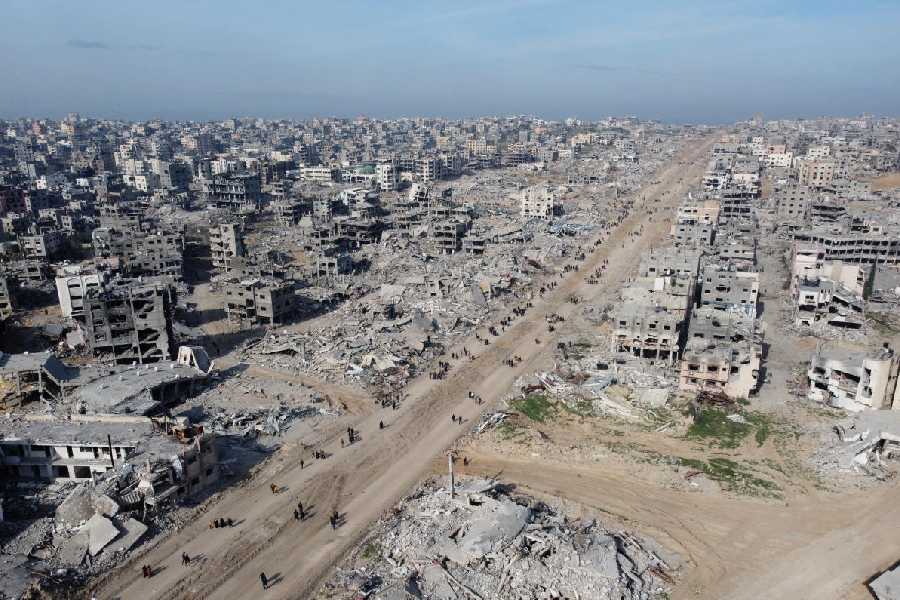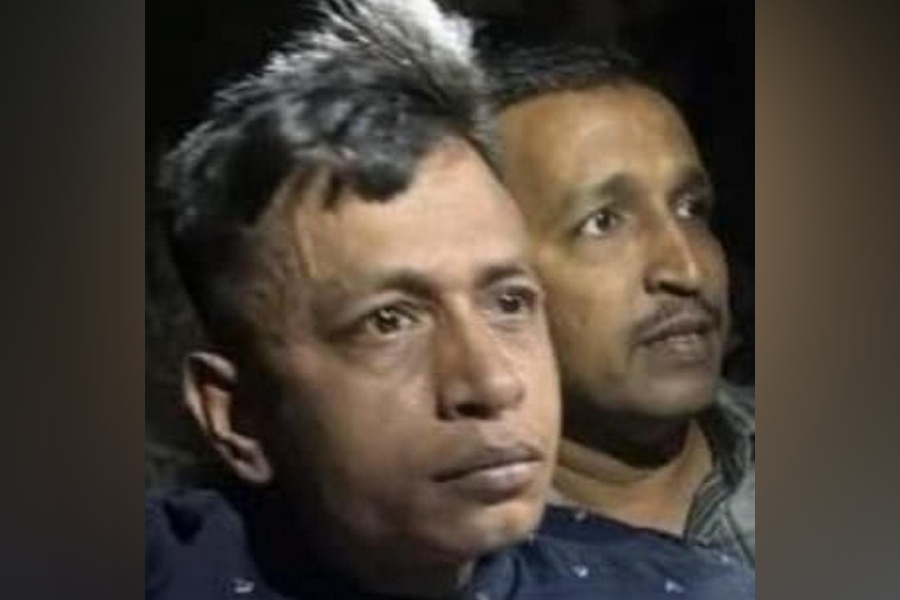A strong base is the key to support any edifice. Unfortunately, the building blocks of the judiciary, as the Chief Justice of India, N.V. Ramana, pointed out in an address after inaugurating a new wing at the Aurangabad bench of the Bombay High Court, need urgent repair. The data are dispiriting. An estimated 26 per cent of court complexes lack toilet facilities for women while 16 per cent do not have men’s toilets; a paltry 27 per cent have computers on the judge’s dais along with video-conferencing facilities; the provision of basic amenities like water and health are minimal — 54 per cent and 5 per cent, respectively. What is worse, interventions to improve court infrastructure have been tardy in their implementation. Research has indicated that none of the courts in India, apart from the district courts in Delhi and Chandigarh, have been able to fulfil the guidelines established by the National Court Management Systems Committee way back in 2012. A separate scheme to improve facilities in court that has been in operation since the early 1990s, research data suggest, has been bogged down by clumsy coordination at the state-level.
The implications of this neglect, as Mr Ramana underlined, are pernicious. Poor infrastructure adds to the glut of cases, especially those involving commercial disputes, compensation and land acquisition. The slowing down of the wheels of justice has financial implications — the erosion of GDP growth, for instance. Equally worrying would be the consequent deficit in public trust in a judiciary hobbled by primitive technology and lacking in other public amenities. Such an outcome can be truly ominous in a democracy because Indian courts have a long and glorious history of serving as not only the vanguard of constitutional values but also checking the excesses of an ambitious, authoritarian executive. Two points raised by the CJI bear special significance in this context. The first is Mr Ramana’s call to reduce the judiciary’s financial dependence on the executive. This option should certainly be explored, given the notorious propensity of the present government to control key institutions. Mr Ramana’s other point — he has sent a proposal to the Union law ministry to institute a National Judicial Infrastructure Authority — must be expedited at the earliest. An efficient judiciary propelled by modernized facilities is a right of the citizens at large.











